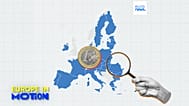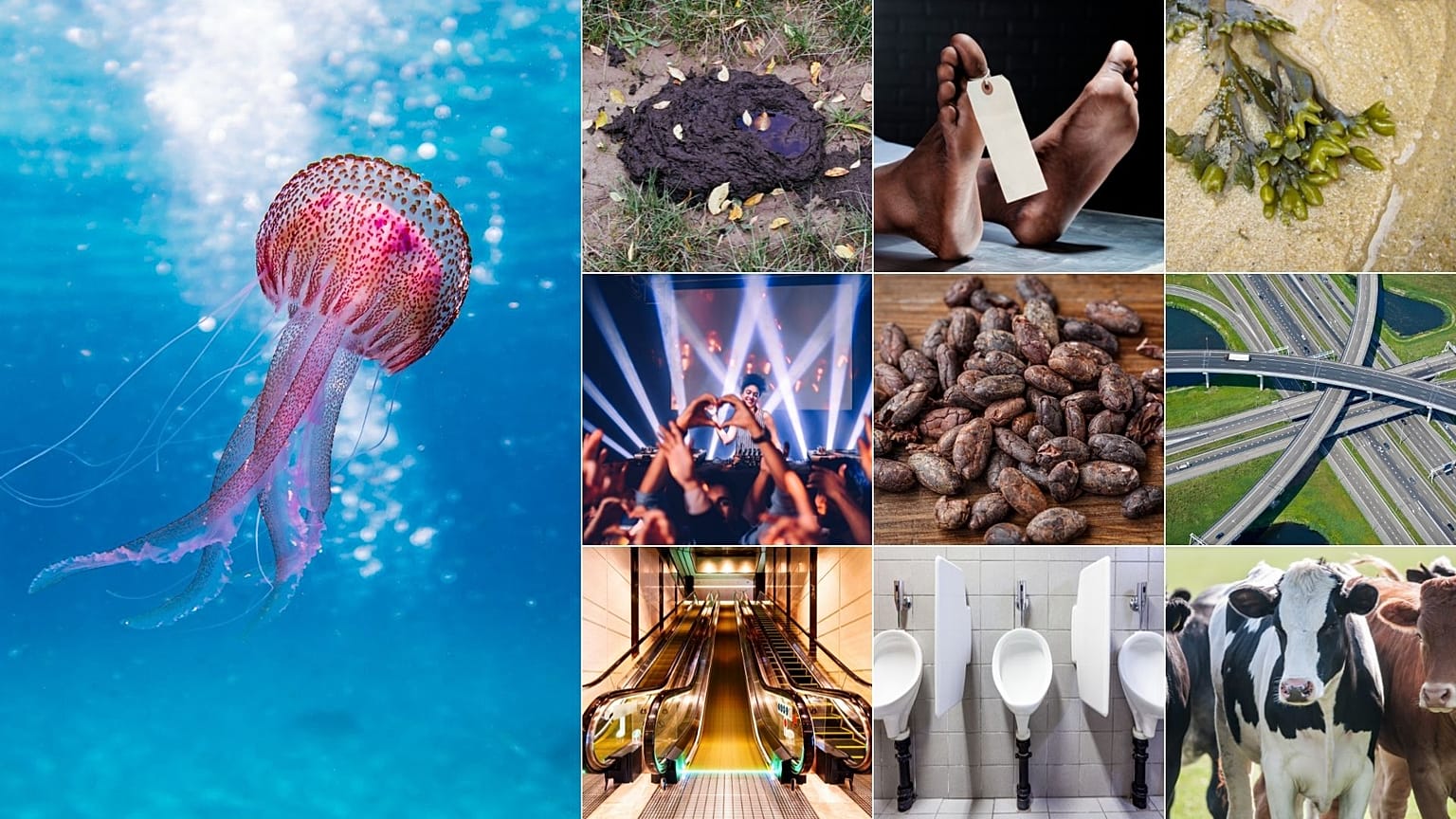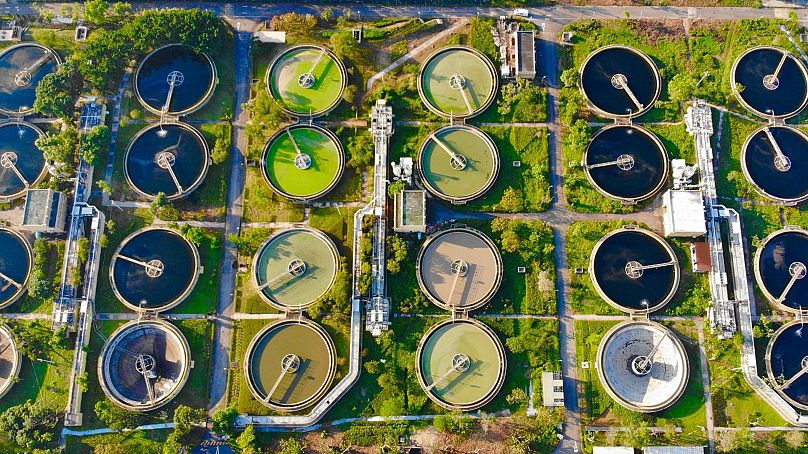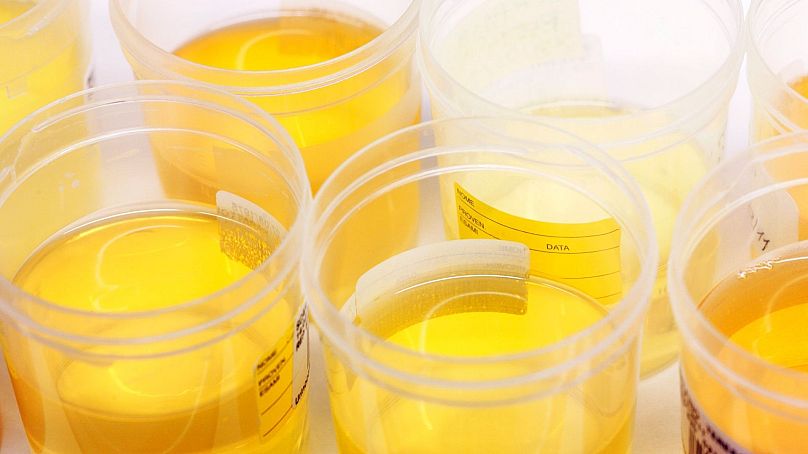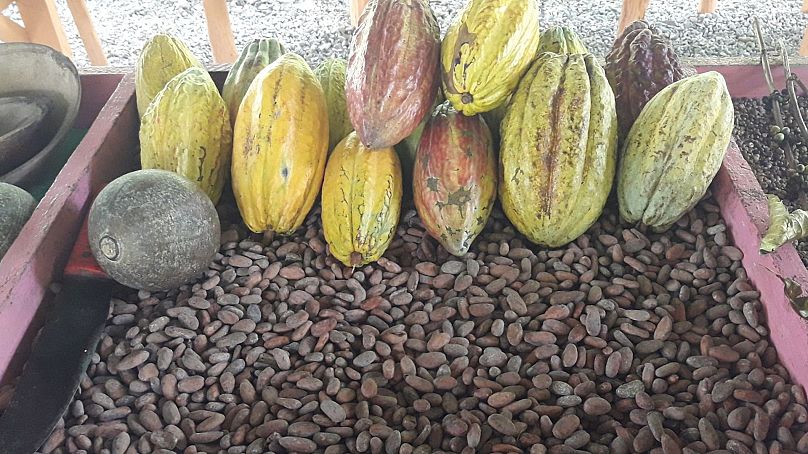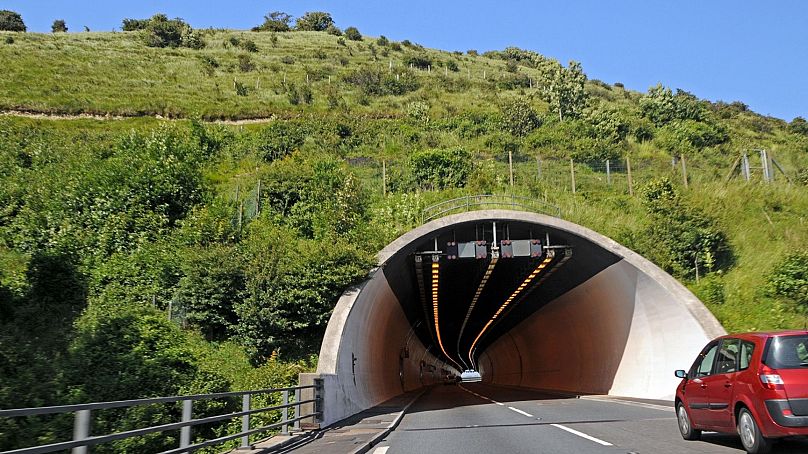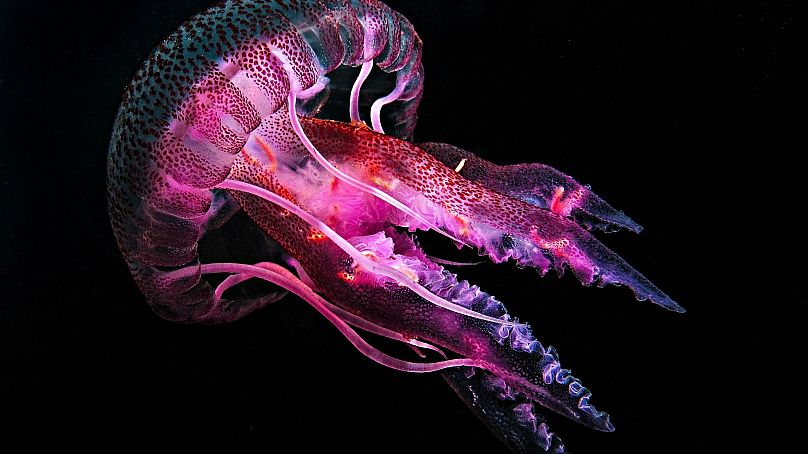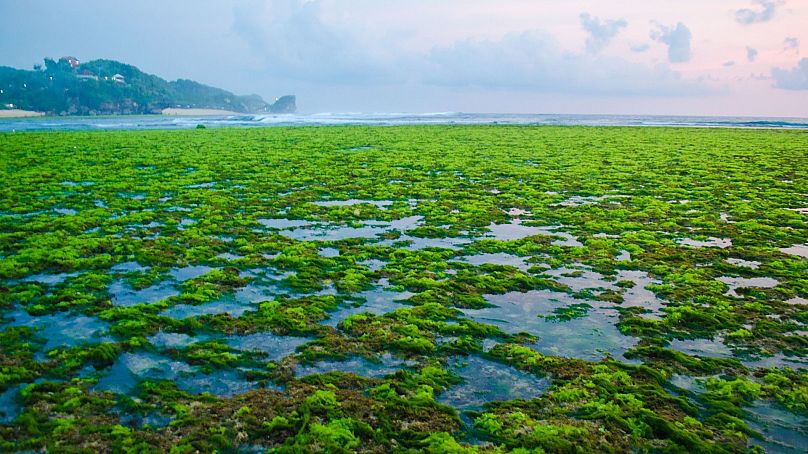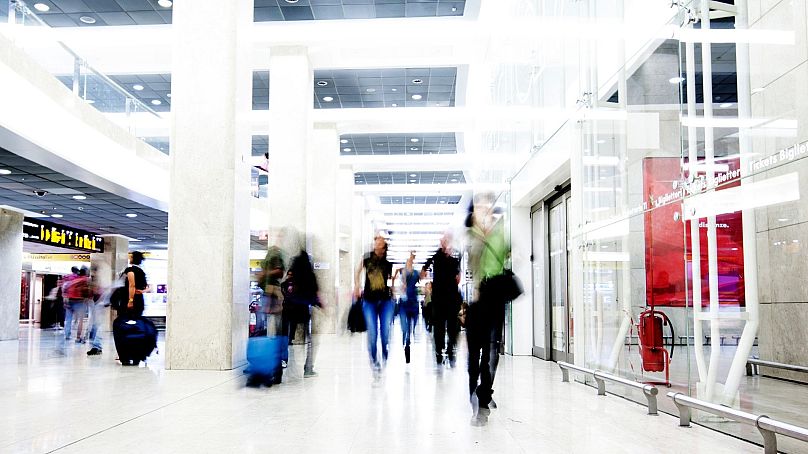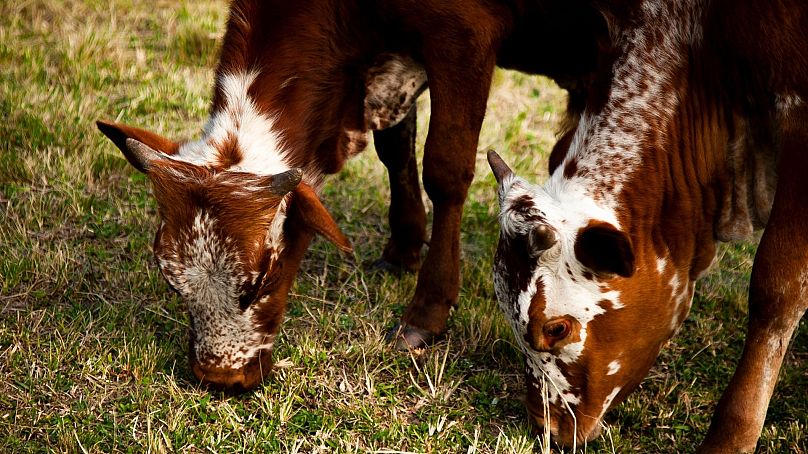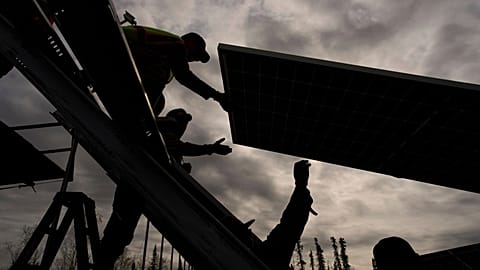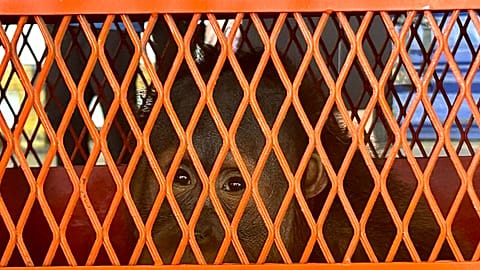Could these alternative sources of renewable energy be powering our homes in the near future?
Right now we’re living through the ‘climate change decade.’ At this point, we have less than 10 years to switch our energy sources to limit global warming and its many, many consequences.
We’re already witnessing these effects in the form of extreme weather. Last month was the world’s third-hottest July on record. Severe flooding recently hit Germany, leading to deaths and loss of livelihoods. Forest fires are raging in Turkey as we speak and we are losing plant and animal species in the process.
Many experts agree that innovation and thinking outside the box will be key elements in solving the climate crisis, which is often referred to as a ‘wicked problem’. Fortunately, scientists around the world are trialling unconventional, surprising, and, in some cases, unsavoury energy sources. They all have the aim of providing cheap, green power to rival oil and gas.
“With energy consumption set to double by 2050, we set out to find the most interesting energy trials and green energy schemes from the world’s best scientists. We were fascinated to find out that, in the not-so-distant future, dancing in your kitchen could power your kettle and the waste from your bathroom might be used to run your shower,” says energy expert Ben Gallizzi, at money.co.uk who conducted the research.
So what are the 10 alternative sources of renewable energy most likely to be powering our homes in the near future and where are they pioneered?
10. Poo Power - UK
2,000 new homes in Kingston Upon Thames, London, are set to be powered by poo. Otherwise known as biogas energy, this is a groundbreaking scheme that uses the heat from human waste to generate electricity. It is led by water company Thames Water.
“Not only do we provide life’s essential service, clean and fresh drinking water to millions of customers every day, but we also create reliable, affordable, and sustainable power by processing sewage. For us, the next stop is net zero,” says Sarah Bentley, CEO of Thames Water.
9. Kinetic energy floors - The Netherlands
Kinetic floors are essentially tiles that turn your footsteps into electricity. They can power everything from street lighting to interactive adverts.
The London Underground already features these clever tiles to generate energy, so it won’t be long before we see, and step on, more of these in everyday life.
And party-goers are dancing on them in nightclubs in Rotterdam.
8. Pee power - UK
If number twos can power our homes, then why not number ones?
Pee power, known as a Microbial Fuel Cell energy system by scientists, has been developed by Bristol University and is set to be trialled for the first time in homes this year.
7. Cocoa - Ivory Coast
After successful pilot projects, Ivory Coast has begun work on a biomass plant that will run on cocoa waste. The facility will be based in Divo, a town that produces a lot of the country's cocoa.
The parts of the plant left over after cocoa production will be burned in the biomass plant, helping to turn a turbine and generate electricity, much like a conventional fossil-fuel power plant.
6. Solar roads - Germany
The first solar roads trialled in Normandy, France, proved to be a flop, as they literally crumbled, but scientists in Germany and Austria think they have a better solution.
The solar highway features solar panels on a canopy installed above existing highways which could power homes and businesses in the local area.
There’s a three-year plan to explore how they can cover the 13,000km highway network, but based on the power consumption of Germany in 2019, a solar highway would cover 9 per cent of total power consumption. That’s equivalent to 1/3 of energy needed to power every home in the country.
5. Crematoriums - UK
Some would call this one dead heat. In the UK 79 per cent of people are now cremated, which is around 470,000 people each year across the UK’s 300 crematoriums.
A single cremation could power 1,500 televisions. A crematorium in Durham was the first back in 2011 and since then we’ve seen the Aalborg crematorium in Denmark make money by selling heat to nearby villages. A similar project in Redditch, UK, warms the water in a nearby swimming pool with the heat it produces.
4. Jellyfish - Sweden
The key to this type of power lies in a jellyfish’s green fluorescent protein (GFP), which is what gives them their eerie glow. This substance reacts to UV light and excites electrons.
Whilst the first discoveries were made through having to blend jellyfish together, scientists are now able to isolate the protein and synthesise it in a lab, making it an altogether more vegan-friendly option.
The protein can then be made in solar panels.
Currently, this manufacturing process is very energy-intensive, so if this silicon could be replaced with jellyfish GFP, the environmental impact of making solar panels would be reduced.
3. Seaweed - Scotland
Seaweed has lots of amazing uses and now a car powered by Scottish seaweed has successfully completed a 50-mile journey.
The vehicle set off from the Danish Technological Institute in the city of Aarhus and took a test drive on typical city roads and motorways to allow scientists to see how it performed.
It was part of an EU-funded project called MacroFuels, which has been developing cleaner alternatives to standard petrol and diesel by making biofuels derived from seaweed and algae.
2. Body heat - US
One of the biggest malls in America (it even has its own zip code), the Mall of America in Minneapolis, is warmed in part by recycled heat from its shoppers.
The only heated areas are the entranceways, so the rest of the mall cleverly uses lighting fixtures, skylights and body heat from over 109,000 average daily visitors and staff.
This system does such a good job that even in the winter, when temperatures can drop below freezing, the mall uses an air conditioning system to keep it at a comfy 21 C degrees for shoppers.
1. Cows wearing backpacks - Argentina
The number one most unconventional energy source has got to be cows wearing backpacks.
With more than 55 million cows, Argentina is one of the leading producers of beef. Methane from cows is 23 times more effective than carbon dioxide at trapping heat in the atmosphere.
And it’s why researchers have attached balloon-like plastic packs to the backs of ten cows. Each pack has a tube from the animal’s stomach that collects the gas.
Whilst the backpacks are a bit of a novelty, there is a very real opportunity to generate electricity from methane digesters on dairy farms which can be used on site. They capture the methane from manure and reduce the farmer’s energy costs in the process.
The surplus can then be sold to a public or private company, replacing the need for power from fossil-fuel plants.

